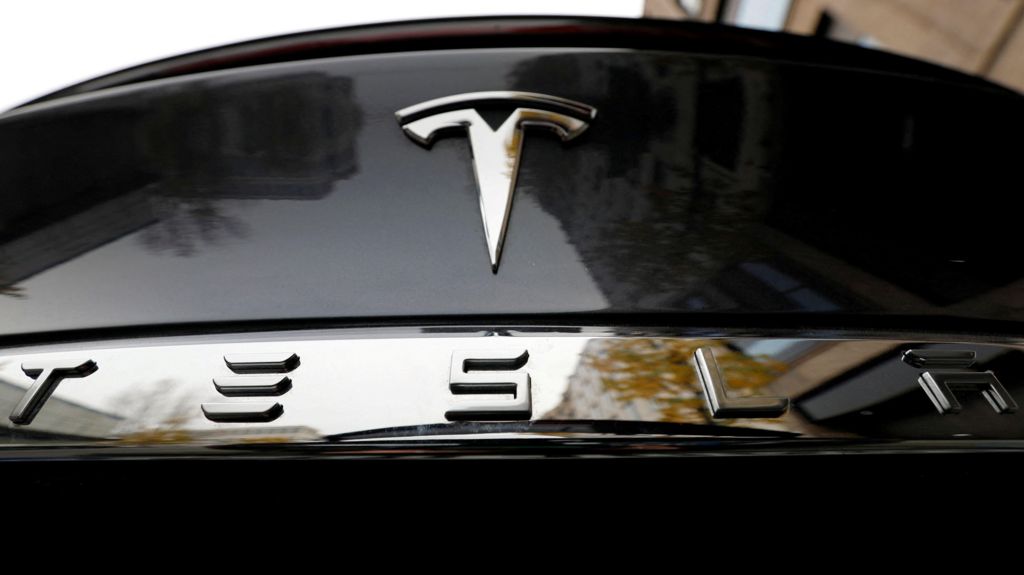U.S. petroleum inventories are still sitting at multi-year lows for this time of the year despite record releases from the Strategic Petroleum Reserve (SPR), reports of weakening gasoline demand over the past weeks because of high prices, and a slowing economy. Commercial crude and product stockpiles have failed to rebuild over the last few months, and the low levels point to continued tight markets for gasoline and diesel in the short term, potentially supportive of oil prices.
Yet, emphasis has been placed on a fall in U.S. gasoline demand in recent weeks after the national average price hit a record $5 a gallon in the middle of June. This, combined with fears of a recession, have weighed on WTI Crude prices. The U.S. benchmark hit this week its widest discount in over three years compared to the international Brent Crude benchmark.
This faltering demand for gasoline has weighed on WTI, while Brent prices reflect tight global physical supplies, buoyed by Russia’s war on Ukraine and Western sanctions, as well as the European Union ban on Russian oil set to be implemented before the end of this year. The biggest discount of WTI to Brent in three years is driving a surge in U.S. crude oil exports, which hit a record high of 4.5 million barrels per day (bpd) in the reporting week to July 22.
The most recent data, however, shows that gasoline demand destruction isn’t as clear-cut as it initially looked, with the four-week average gasoline demand still trending upward, according to EIA data.
Despite signs of downward price pressures on WTI Crude, the lowest U.S. petroleum inventories in years—for some products in decades—are one strong bullish factor for oil prices, although it’s not a given that it could outweigh market fears of recession.
In the latest reporting week to July 22, commercial crude oil inventories declined by 4.5 million barrels, the EIA data showed. At 422.1 million barrels, U.S. crude oil inventories are about 6% below the average for this time of the year. In gasoline, inventories decreased by 3.3 million barrels last week and are about 4% below the five-year average for this time of the year. Distillates, which include diesel, have been the tightest market this year, with current stockpile levels 23% below the seasonal five-year average.
Distillate fuel oil inventories, which are most closely related to the economic cycle, are at the lowest for the time of year since 2000, according to data compiled by Reuters market analyst John Kemp. So far in the third quarter, distillate stockpiles have risen by less than 1 million barrels, an unusually low pace of inventory builds. This is one of the tiniest distillate inventory builds of the past four decades, Kemp notes.
Related: The Biggest Drivers In Global Steel Supply
An economic slowdown could help rebalance those very low levels of distillate stocks, but the rebalance could need a deeper and longer downturn in activity, Kemp argues.
Indeed, the U.S. economy is slowing down. The advance estimate from the U.S. Department of Commerce showed on Thursday that GDP contracted by 0.9% in the second quarter, following a 1.6% decline in Q1. In theory, the GDP data met one common definition of a recession—two consecutive quarters of GDP contraction.
But policymakers insist the ‘technical’ recession is not a broad-based recession because many areas in the economy are still going strong, especially the labor market, and external conditions pushing inflation higher are unique.
“When you’re creating almost 400,000 jobs a month, that is not a recession,” U.S. Treasury Secretary Janet Yellen said on NBC’s Meet the Press last weekend, a few days before the GDP data was released.
Policymakers admit there is a slowdown, but the U.S. economy doesn’t present broad-based signs of a recession.
“I do not think the U.S. is currently in a recession. And the reason is there are just too many areas of the economy that are performing too well,” Fed Chair Jerome Powell said at a press conference this week after the Fed announced another 75-basis-point hike in key interest rates.
“Really the growth was extraordinarily high last year, 5 and a half percent. We would have expected growth to slow. There’s also more slowing going on now,” Powell said, reiterating the Fed’s goal of a “soft landing.”
“If you think about what a recession really is, it’s a broad-based decline across many industries that sustain for more than a couple of months and there are a bunch of specific tests in it. And this just doesn’t seem like that,” the Fed Chair added.
By Tsvetana Paraskova for Oilprice.com
More Top Reads From Oilprice.com:














